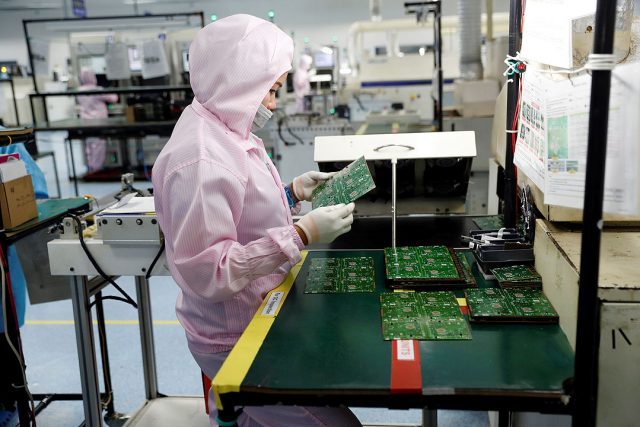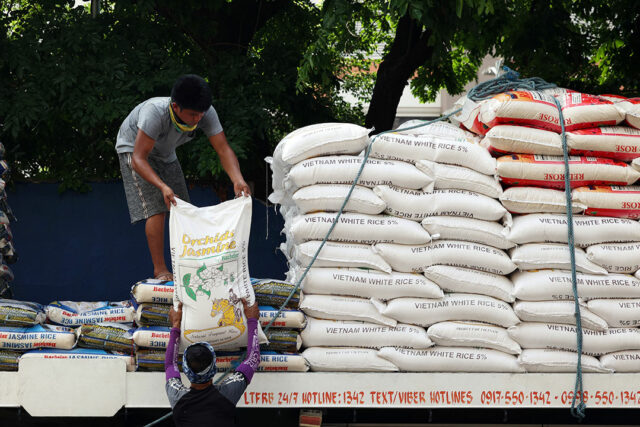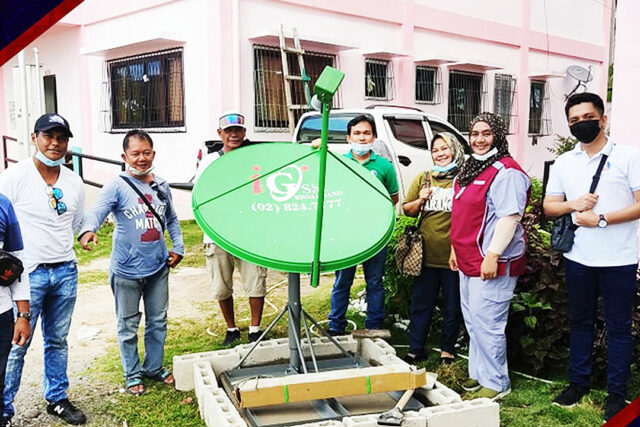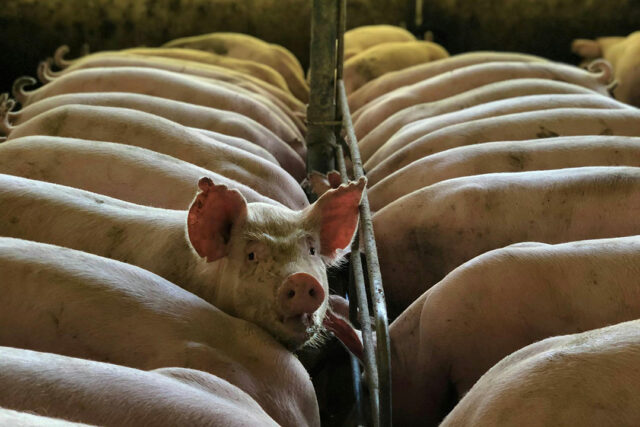As we enter the second half of 2025, a new and timely tax reform has arrived — one that could influence how Filipinos invest and grow their wealth. On May 30, President Ferdinand R. Marcos, Jr. signed Republic Act No. 12214, or the Capital Market Efficiency Promotion Act (CMEPA). As the name suggests, the law is anchored on three key reforms: (1) rationalization of tax rates across financial instruments, (2) simplification of tax compliance, and (3) reduction of market entry barriers for investors.
For far too long, our taxes have generally been higher than average, and made investing in the Philippines more expensive than in most of our Southeast Asian neighbors. At the local level, few individuals hold investments. According to the 2021 Financial Inclusion Survey by the Bangko Sentral ng Pilipinas, only 8 million out of 77 million adults own investment products — roughly 1 in 10. In 2023, the Philippine stock market capitalization stood at 54% of Gross Domestic Product (GDP), considerably lower than the ASEAN average of 78%, based on the Asian Development Bank’s Key Indicator Database.
By streamlining the tax treatment of passive income and capital market transactions, reducing investor costs, and harmonizing our tax policies with global practices, CMEPA aims to create a more inclusive and efficient financial system. The reform benefits not only institutional investors but also everyday Filipinos seeking to build and diversify their wealth.
In this article, I will go over the key provisions of this newly enacted law.
Prior to the enactment of CMEPA, the stock transaction tax (STT) on the sale of listed shares through the Philippine Stock Exchange stood at 0.6% of the gross selling price. This was the highest STT rate in ASEAN, which may disincentivize investors, particularly those conducting high volume trades. Under the new law, the STT has been significantly reduced to 0.1%, a move that aligns the Philippines more closely with global practice and may encourage more investors to enter the secondary markets.
In the case of unlisted shares, previously, the lower 15% capital gains tax was limited to the sale of such shares. Meanwhile, the sale of foreign shares of stock by residents formed part of their taxable income, subject to an income tax of 25% (for corporations) or progressive tax rates of up to 35% (for individuals). CMEPA now imposes the same 15% capital gains tax on unlisted foreign shares, aligning the tax treatment with domestic counterparts and addressing prior disparities.
Meanwhile, interest income from various sources was previously subject to different tax rates. For instance, interest from bank deposits and trust funds was generally taxed at 20%, while certain government securities and long-term deposits enjoyed preferential tax treatments or exemptions. With the passing of CMEPA, these varying rates have been consolidated into a uniform 20% final withholding tax (FWT) on interest income, regardless of the instrument’s nature or tenure. However, this standard rate will not apply to non-resident aliens not engaged in trade or business and non-resident foreign corporations, whose interest income will still be subject to a 25% FWT.
CMEPA also introduces a significant reduction in the documentary stamp tax (DST) on the original issuance of shares. Previously set at 1% of par value, the DST has decreased to 0.75%. This adjustment aligns the tax rate with that of debt instruments and secondary share transfers outside the stock exchange, which are also taxed at 0.75%, thereby leveling the cost of investing in both the bond and equity markets. The aim is to encourage companies to raise capital through the stock market by making equity financing more attractive and accessible. Additionally, CMEPA provides exemptions from DST on the original issuance, redemption, or other disposition of shares in mutual funds and unit investment trust funds (UITFs), further promoting investment in collective investment schemes.
Last, in keeping with his administration’s policy objectives, the President vetoed the proposed removal of the tax exemption on the income of nonresidents from Foreign Currency Deposit Units (FCDU) transactions in CMEPA, citing the importance of maintaining the country’s financial openness and competitiveness in attracting foreign capital. Hence, income of nonresidents on their FCDU transactions remains exempt from income tax.
The changes brought by CMEPA will take effect on July 1, following its complete publication in the Official Gazette or in at least one newspaper of general circulation.
The passing of CMEPA offers a compelling blueprint for modernizing the capital markets. By lowering friction costs and creating a more equitable investment environment, the new law could unlock broader public participation and foster long-term financial inclusion. At its core, CMEPA is not merely a tax reform — it is a strategic lever for economic growth, market deepening, and investor confidence.
Yet, as with any transformative policy, the path forward invites critical reflection. How will businesses and investors adapt to streamlined tax structures and new incentives? Will these reforms lead to measurable improvements in market liquidity and participation? Crucially, how can CMEPA ensure its benefits extend beyond the financial elite to empower broader economic inclusion?
With both public and private stakeholders voicing support, the passage of CMEPA could mark a turning point in how Filipinos engage with the financial system. The coming months will be pivotal in determining whether this legislative milestone fulfills its promise of a more inclusive and dynamic capital market.
The views or opinions expressed in this article are solely those of the author and do not necessarily represent those of Isla Lipana & Co. The content is for general Information purposes only, and should not be used as a substitute for specific advice.
Aubrey Gayle Diaz is an assistant manager at the Tax Services department of Isla Lipana & Co., the Philippine member firm of the PwC network.
aubrey.gayle.diaz@pwc.com















